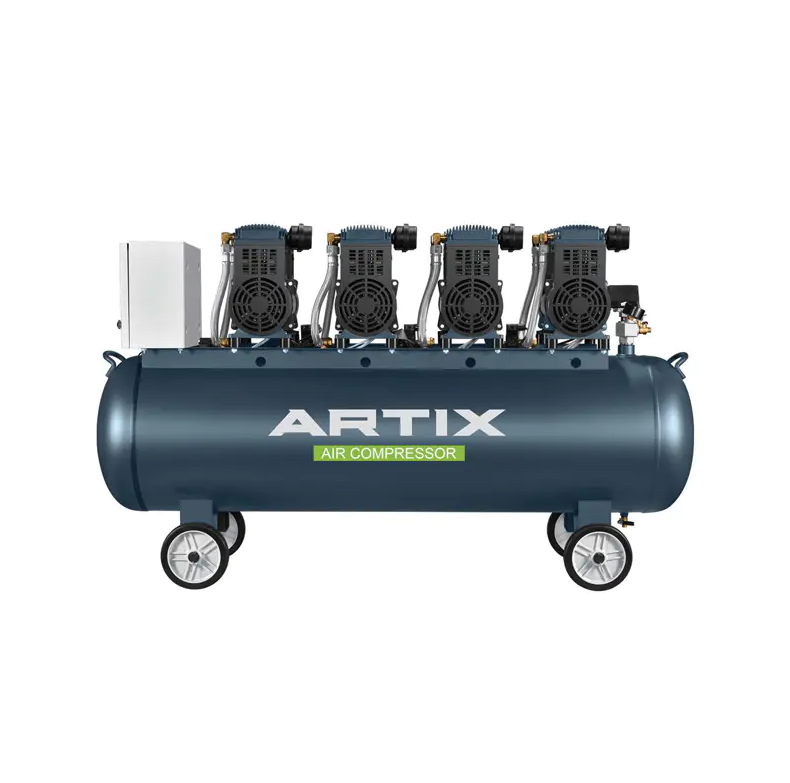As manufacturing demands continue to evolve, so too must the infrastructure that supports production. One critical component in many factories is the Industrial Air Compressor – the heart of pneumatic power. At Artix Machinery Co., Ltd., we see a growing trend: more facilities are opting for Direct Driven Air Compressors to meet their compressed air needs, and for good reason.
To understand why this shift is happening, it’s essential to compare direct-drive technology to more traditional belt-driven systems. In a direct drive configuration, the motor is directly connected to the compressor pump, eliminating intermediate components like belts or pulleys. This direct coupling reduces energy loss, since there’s no slippage or friction from belt mechanics.
One of the key benefits is maintenance reduction. Without belts, the need for periodic tension checks or replacements goes away. That means fewer maintenance intervals, less downtime, and lower lifecycle costs. For industrial operations that run 24/7 or close to it, that reliability is a strong incentive.
Another advantage is space savings. Because direct drive eliminates the pulley system, the overall footprint of the compressor becomes smaller and easier to integrate. In tightly packed plant environments, this compactness offers flexibility.
Moreover, the simplified design of Direct Driven Air Compressors often results in increased robustness. With fewer moving parts, there are fewer potential failure points, which enhances longevity in demanding industrial settings. This is especially relevant in facilities where continuous performance is critical — downtime can disrupt entire production lines.
Energy efficiency is another compelling argument. Direct coupling ensures that more of the motor’s power is converted into compressed air, rather than being lost through intermediary mechanisms. Over time, this translates to lower electrical consumption and more sustainable operations.
Of course, the direct-drive design is not free of challenges. For example, noise levels can be higher compared to belt systems, because belts can absorb vibration and dampen sound. But Artix Machinery Co., Ltd. tackles this through thoughtful design: selecting motors with appropriate acoustic characteristics, using vibration isolation, or offering enclosures to minimize disturbance in sensitive work areas.
Finally, installation and integration are simplified. With no belts to adjust or maintain tension, commissioning a direct-driven air compressor can be faster and more straightforward. This reduces labor time and risk during setup, which is appealing in fast-paced industrial expansion or retrofit projects.
In sum, the adoption of Direct Driven Air Compressors in industrial settings is growing because of their energy efficiency, reduced maintenance, compactness, and reliability. At Artix Machinery Co., Ltd., we are proud to offer solutions that align with these priorities, helping businesses build smarter, more resilient compressed-air networks.



